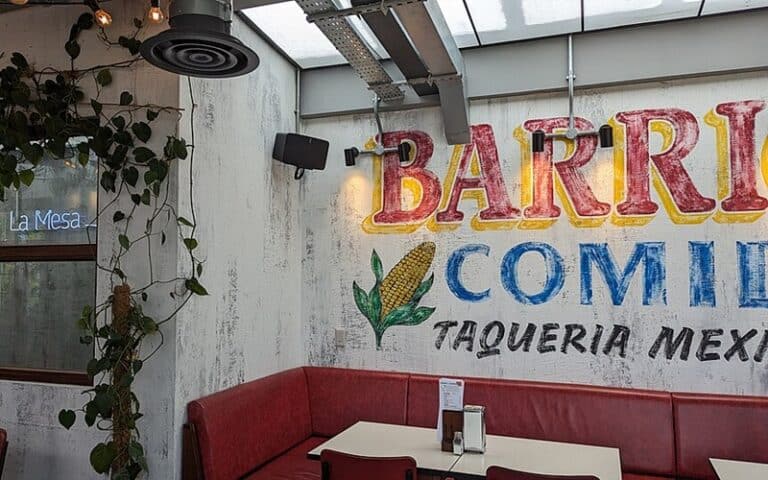Apparently not based in Spain or Latin America at any level, New Jersey headquartered CloudCasa by Catalogic is a Kubernetes backup and disaster recovery company. The organisation’s latest version of its CloudCasa software is enriched with “data restore” capabilities for backup operations. With its dedicated focus on file-level restore for Persistent Volume Claims (PVCs), this is the type of technology inherently aligned towards Kubernetes-orchestrated cloud-native software deployments.
A Persistent Volume Claim is a request for data storage resources made by a user, an application or some other machine-level function that needs access to the storage repository. The PVC itself details the amount and type and access mode of storage needed. From that point, Kubernetes is then able to “bind to” a suitable Persistent Volume (PV) to provide persistent storage. As every good database administrator knows, storage binding refers to the association of a variable (name) with a specific memory location (storage object) where its value will be stored.
For wider background here, we can also note that the PersistentVolume subsystem provides an API for users and administrators that abstracts details of how storage is provided from how it is consumed and that is carried out through two API resources: PersistentVolume and PersistentVolumeClaim.
The latest release of CloudCasa introduces several key enhancements designed to that streamline data protection tasks for Kubernetes and virtual machine (VM) environments. These include File-Level Restore, which enables users to restore individual files to existing PVCs, on the original or an alternate cluster.
With VM Selection for Backup and Restore, users can now select specific virtual machines for backup and restore. They also have more control over the state of VMs when they are restored. These features support OpenShift Virtualisation, SUSE Virtualisation and KubeVirt VMs.
Flexible file-level felicitations
“With the introduction of these features, CloudCasa has significantly improved the backup and restore experience for our users, particularly with our flexible file-level restore for PVCs,” said Bob Adair, head of product management at CloudCasa. “This update allows users to select specific files for restore and to easily choose where they should be restored to, even across environments. It’s all about giving users more control and reducing the complexity traditionally associated with data recovery on Kubernetes.”
CloudCasa by Catalogic is designed to work as a Kubernetes data protection solution that provides backup, disaster recovery and migration for cloud-native and hybrid cloud environments as a fully managed SaaS platform as well as a self-hosted on-premises deployment for organisations that require full control over their data protection infrastructure.
Why is Kubernetes storage difficult?
All of this posturing and positioning rather begs the question, why is managing storage so tough in Kubernetes environments when, after all, Kubernetes itself exists to orchestrate and oversee the universe of cloud-native that it orbits around? The CNCF itself reminds us that each type of Kubernetes storage deployment has its own set of advantages and disadvantages, which can make it challenging to choose the right solution for your needs.
“Because it involves managing persistent data across multiple nodes in a cluster, Kubernetes storage needs to be highly available, resilient, and scalable to handle the demands of modern applications. This can be challenging, especially when dealing with complex storage architectures,” explains Michael Cade, global field CTO and lead technologist at Veeam. “Kubernetes storage can be complex due to the need to balance cost, performance and availability, but it must be cost-effective while providing high performance and availability. Balancing these requirements can be challenging and requires careful planning and management.”
It does sometimes (well, oftentimes) feel like the complexity of every incremental control that we get from Kubernetes is balanced out with an incremental increase in system management complexity, but we do know that the community is working hard to cut down on these issues with automation. In the meantime, just have a taco.
Free image: WIkipedia Commons
